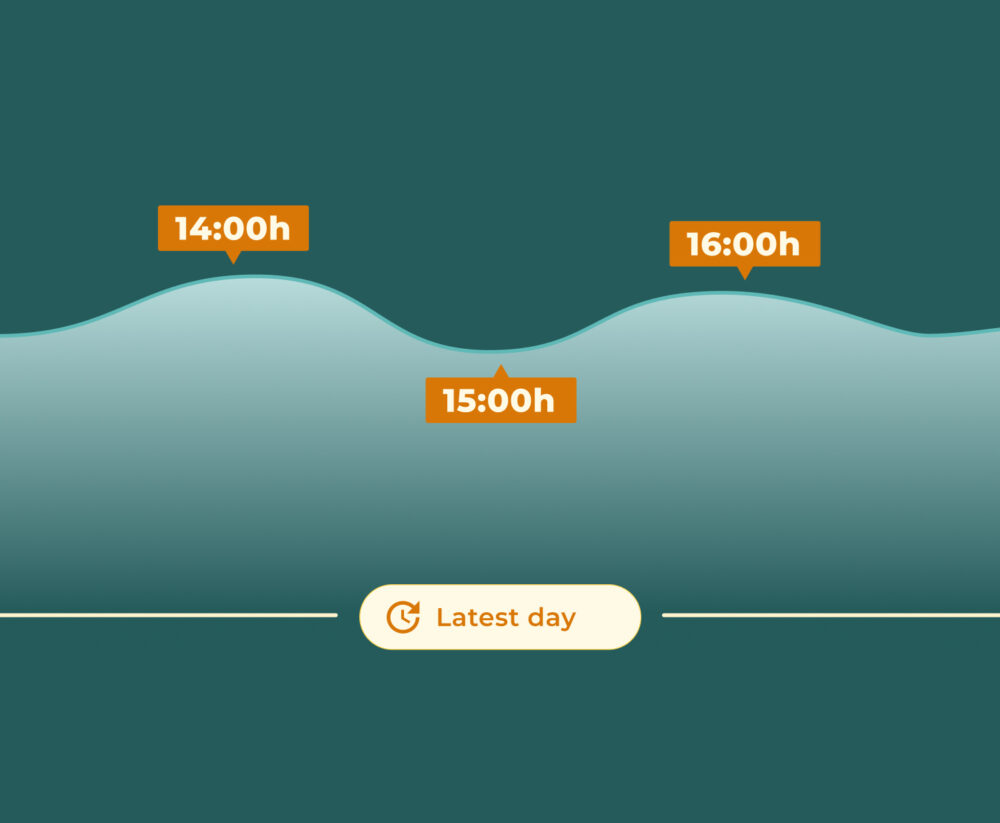The rise of second-hand: how Vinted is reinventing social commerce and challenging the fashion giants in France
In recent months, something interesting has happened in French fashion retail: Vinted, the Lithuanian second-hand platform, has outsold heavyweights like Zara, Shein and even Amazon. It has achieved this by combining three key ingredients: recommerce, social commerce and a proposition that resonates deeply with the values of younger generations.
This transformation speaks volumes about consumer trends. But it also speaks of market data that points to a profound change in the sector, and one that is worth analysing closely.
The rise of Vinted in the French market
France has always played a leading role in fashion, but what is happening now represents a true paradigm shift. According to data from the French Fashion Institute (IFM), Vinted has topped the sales rankings for textiles, both online and in physical stores, during the first half of 2025. Ahead of giants like Amazon, Kiabi, Shein and Zara.
This is a significant figure: 10.9% of the total volume of the textile sector is now second-hand. That percentage shoots up to 16.3% among consumers aged 18 to 34. These are figures that confirm how circular consumption is no longer a marginal trend, but a structural factor in fashion distribution.
Factors behind Vinted’s leadership
What is behind this phenomenon? Market data points to three main drivers that explain Vinted’s growth and the consolidation of recommerce:
- Recommerce is gaining ground on traditional retail: In Europe alone, this sector was worth €94 billion in 2023, with forecasts of a further 14% growth by 2027.
- Saving money and sustainability as the main motivations: For many young people, buying second-hand is both an economic decision and a statement of identity and status.
- France as a laboratory for change: The country has become the European epicentre of this cultural transition towards more circular consumption.
This data reveals a change in habits and a redistribution of the market that redefines who leads in sales and with what value propositions.
The boost from social commerce
Beyond the rise of recommerce, social commerce has been a key differentiating factor in Vinted’s rise in France, turning every transaction into a social and viral experience.
The influence of social networks and social content
Instagram, TikTok and YouTube have been key to this movement. It’s not just about buying or selling: it’s about showing off what you find, recommending, inspiring and even monetising. The famous second-hand hauls have become a trend, and in France, 32% of digital fashion sales are now directly influenced by these kinds of social dynamics.
Every purchase can end up in a post, every sale in a viral video. In this ecosystem, the community feeds back on itself and amplifies the platform’s reach. For market analysis, this data is key: the purchase decision is no longer concentrated solely at the point of sale, but is dispersed across multiple micro-moments generated on social media.
Viral marketing and communities
What consumers are looking for is not just cheaper clothes, but also recognition and a sense of belonging. And that’s where Vinted has played its cards right. It has optimised the mobile experience: 83% of its traffic comes from the app, where sharing saving achievements or exclusive clothing finds is part of the experience.
Furthermore, this phenomenon is not happening in isolation: TikTok Shop and Instagram Shopping reinforce these dynamics and become channels that connect directly with Generation Z, accelerating the cycle of consumption and visibility.
The challenges and paradoxes of success
Of course, it’s not all positive. The second-hand boom brings some paradoxes with it. First of all, the so-called ‘haulification’—the impulse buying encouraged by haul videos. Secondly, the speculation on vintage garments. And finally, the ecological footprint of international transport are all topics that are generating debate.
The 127% annual growth in this market also multiplies the logistical challenges: most of the emissions come precisely from shipping. From an analytical perspective, this data forces us to question whether recommerce really pays off in terms of sustainability or whether the growing volume of transactions neutralises part of its positive impact.
And at the same time, other giants don’t want to be left out of this wave. Amazon, for example, has stepped up its presence in recommerce with initiatives like the ‘Second-hand Deal Days’, launched in September 2025 in several European countries, including France and Spain. Its Amazon Second Hand and Amazon Renewed programmes offer used, returned and refurbished products that go through rigorous inspection, cleaning and repair processes before being sold again.
Its proposition is based on consumer trust and a frictionless shopping experience, seeking to differentiate itself from platforms like Vinted or Wallapop. In 2024 alone, Amazon had already generated savings of over €20 million for its European customers thanks to this line of business.
Conclusion
The case of Vinted in France is a clear example of how consumption is changing. Second-hand is no longer just an economic alternative: it is a space where sustainability, community and social visibility intersect.
For retail players, this offers an unavoidable reading of the market. Value is not only in what is sold, but in how it is shared and through which channels the purchasing decision is influenced. Vinted is setting the pace for this change, but competitors like Amazon are already claiming their place in a landscape where fashion, more than ever, is also measured in terms of data, market share and cultural impact.






